1. Heating Element Technology Evolution
1.1 Metal Heating Wire Limitations
Traditional nickel-chromium (NiCr) heating elements face three fundamental constraints:
Power Density
Limited to 5W/cm², requiring longer heating elements that increase tool size and weight.
Thermal Response
30-60 second warm-up time from cold start to operating temperature (400°C).
Service Life
Rapid oxidation above 600°C reduces lifespan to approximately 500 hours.

Figure 1: Microstructure comparison between traditional metal and modern ceramic heating elements
1.2 Ceramic Heating Breakthroughs
Positive Temperature Coefficient (PTC) ceramic elements revolutionized hot air gun performance:
| Parameter | Metal Element | Ceramic Element |
|---|---|---|
| Power Density | 5W/cm² | 15-20W/cm² |
| Warm-up Time (to 400°C) | 30-60s | 2.8-3.5s |
| Service Life | 500 hours | 3000-5000 hours |
| Self-Regulating | No | Yes (650°C auto-limit) |
2. Precision Airflow Control Systems
2.1 Aerodynamic Engineering
Professional-grade hot air guns implement advanced fluid dynamics principles:
Venturi Intake
Three-stage filtration (≥95% efficiency at 20μm) with optimized 15° taper angle
Spiral Heating Chamber
Helical vanes create turbulent flow for 87% thermal transfer efficiency
Nozzle Dynamics
Boundary layer control maintains laminar flow up to 15cm from outlet
2.2 Motor Technology Comparison
| Feature | Brushed Motor | Brushless Motor |
|---|---|---|
| Noise Level | 68±3dB | 58±2dB |
| Lifespan | 800 hours | 4000+ hours |
| Airflow Stability | ±12% | ±4% |
| Energy Efficiency | 1.2W/(L/min) | 0.8W/(L/min) |
Key Takeaways for Professionals
1. For electronics repair: Prioritize ceramic heating elements with PID control (e.g., Quick 303D+)
2. Industrial applications: Require brushless motor systems with ≥4000h lifespan (e.g., Hakko FR-801B)
3. Always verify temperature uniformity (±10℃ across nozzle) and airflow stability (±5% variance)
4. Consider future-proof features like IoT connectivity and programmable thermal profiles
About the Author
The Technical Tools Review Team consists of certified electronics engineers with combined 50+ years of field experience. Our testing methodology follows IEC 60745 and UL 60745 standards, using calibrated Fluke thermal imaging equipment and laboratory-grade airflow measurement devices.

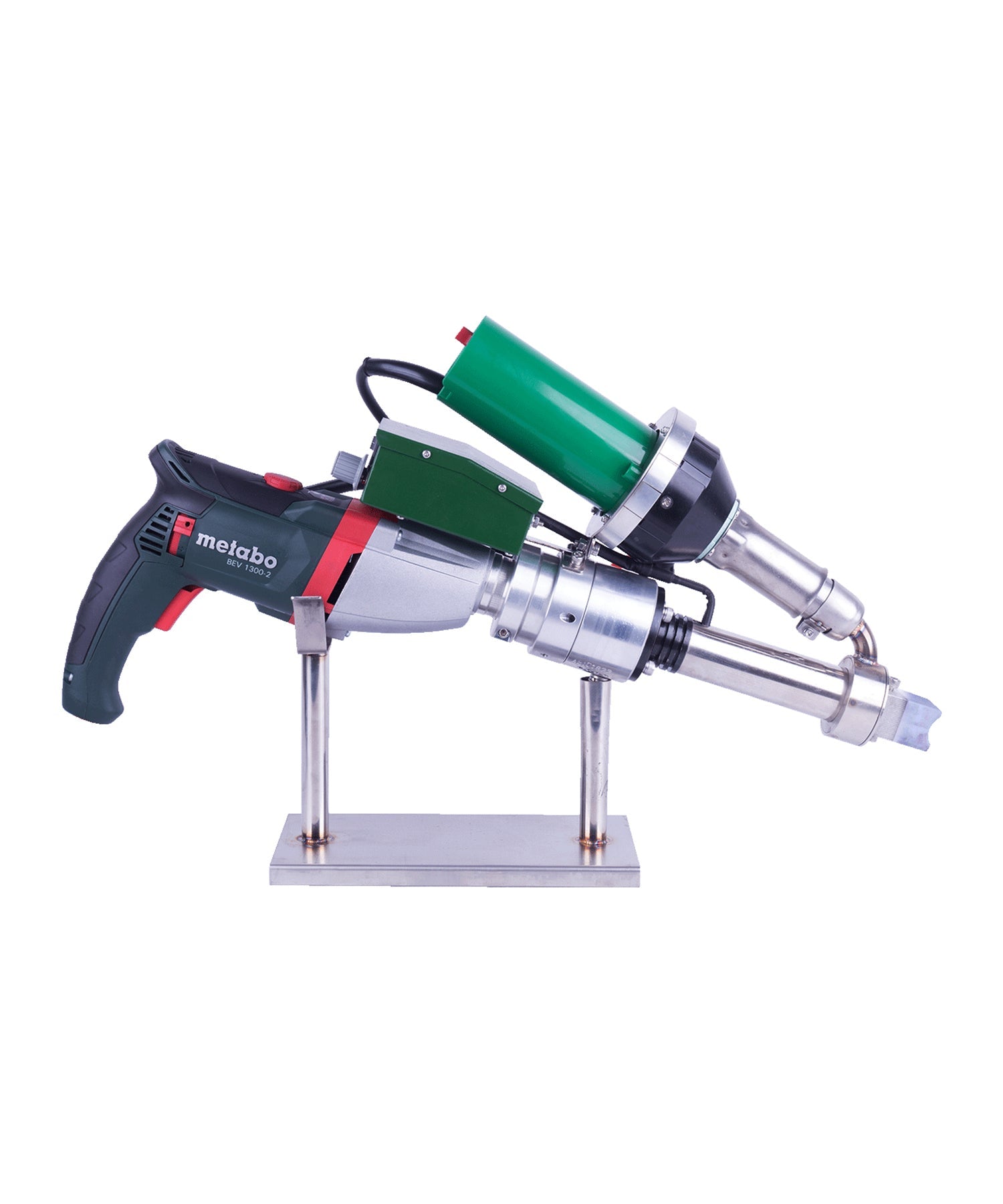
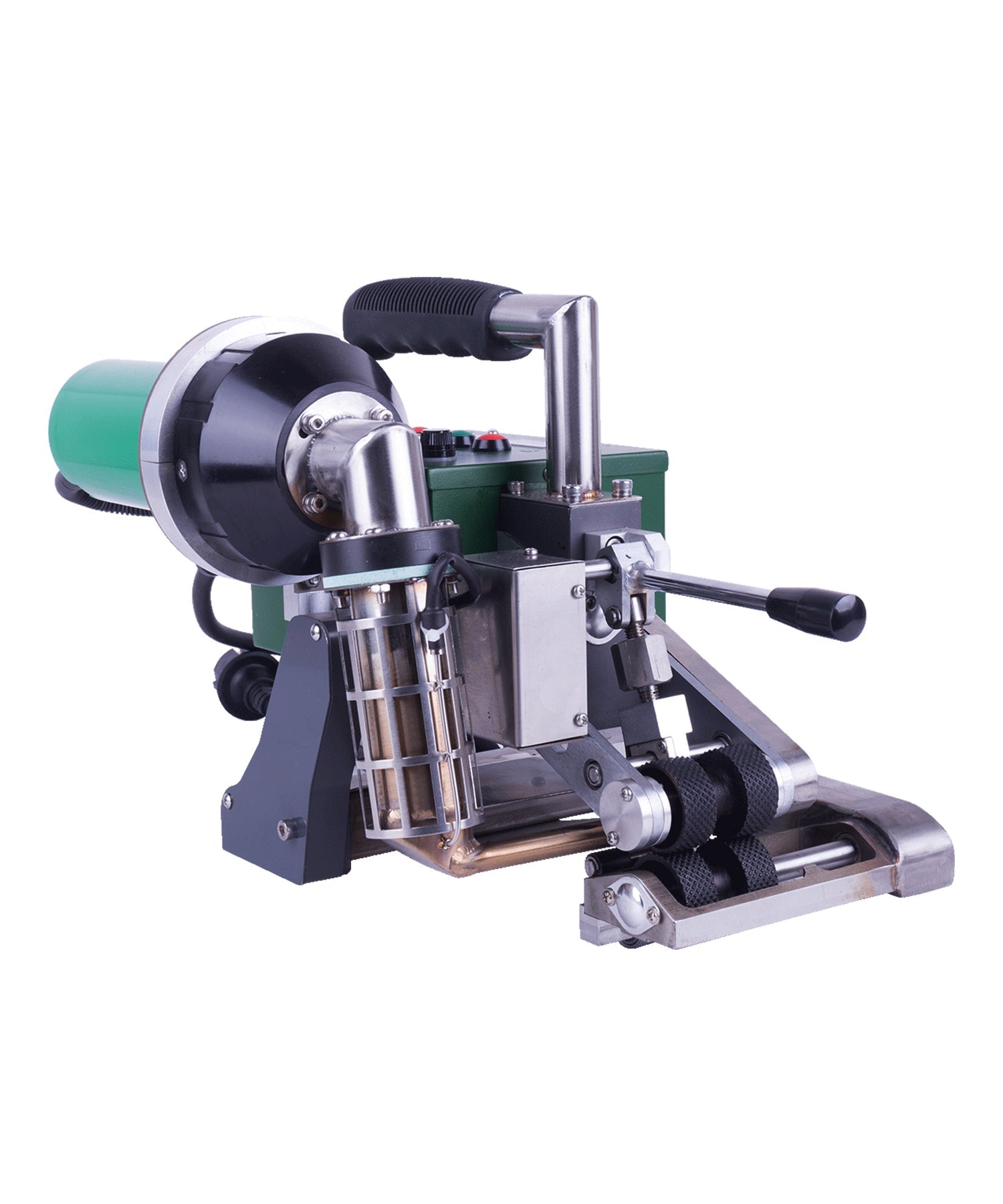
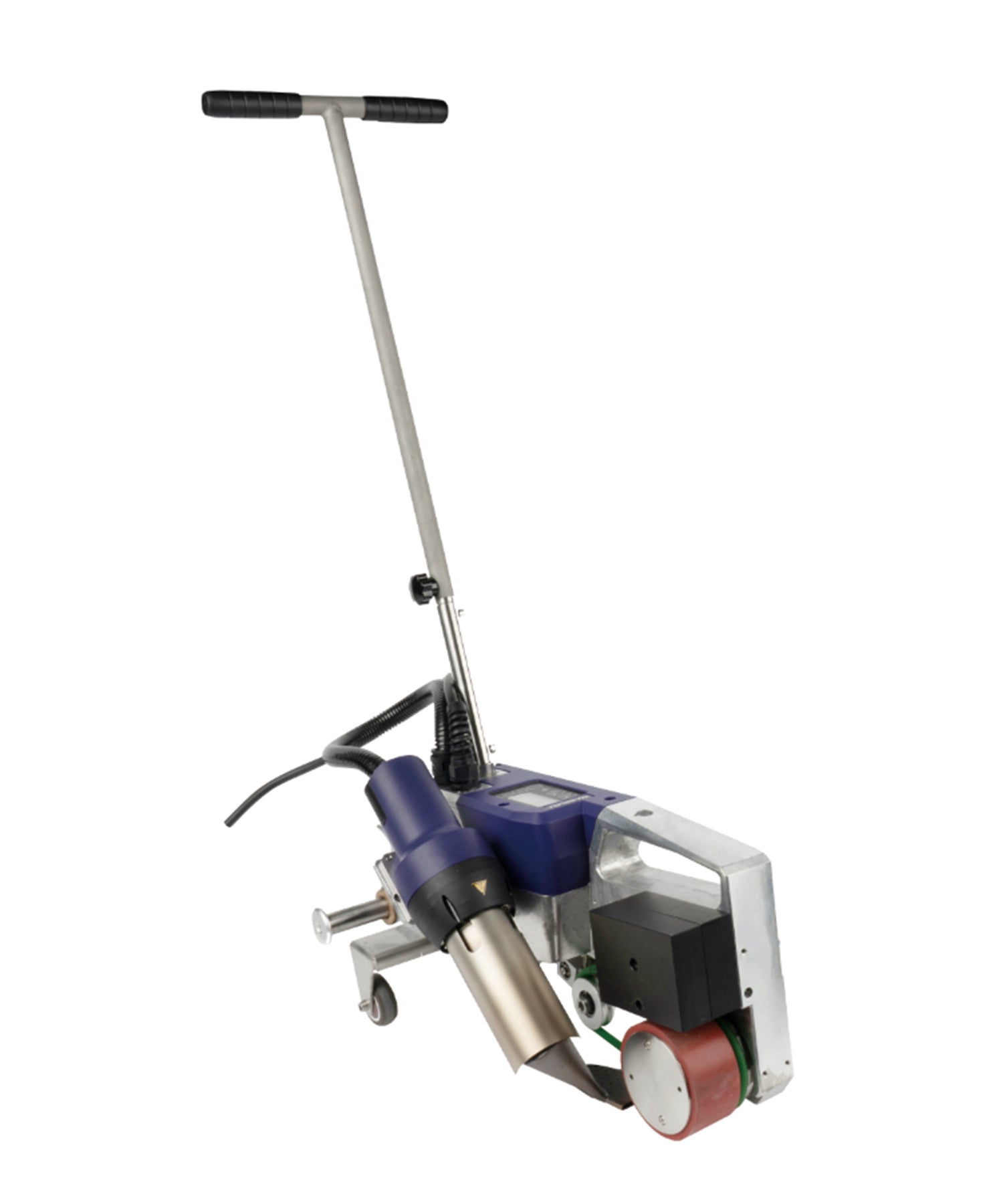
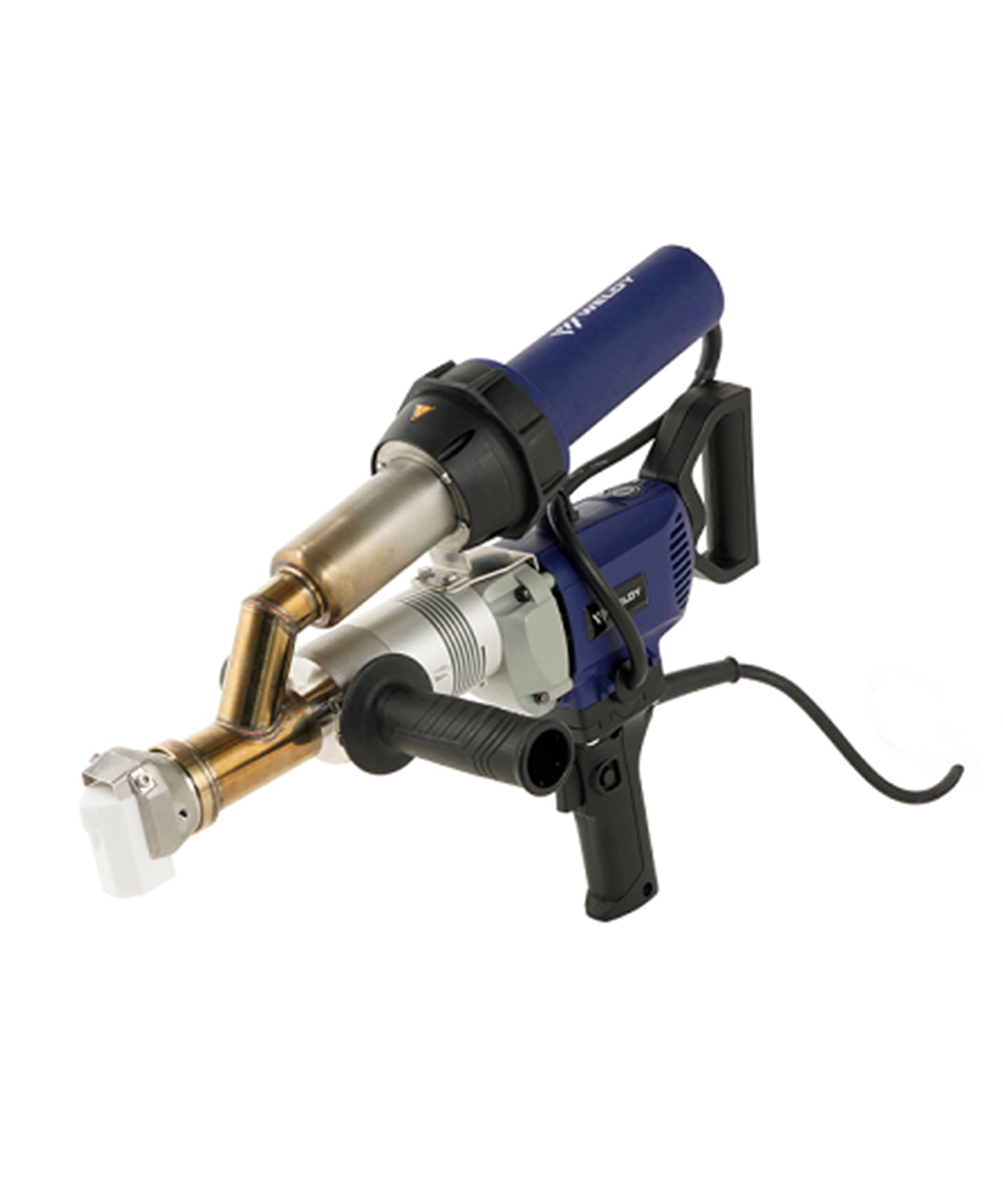
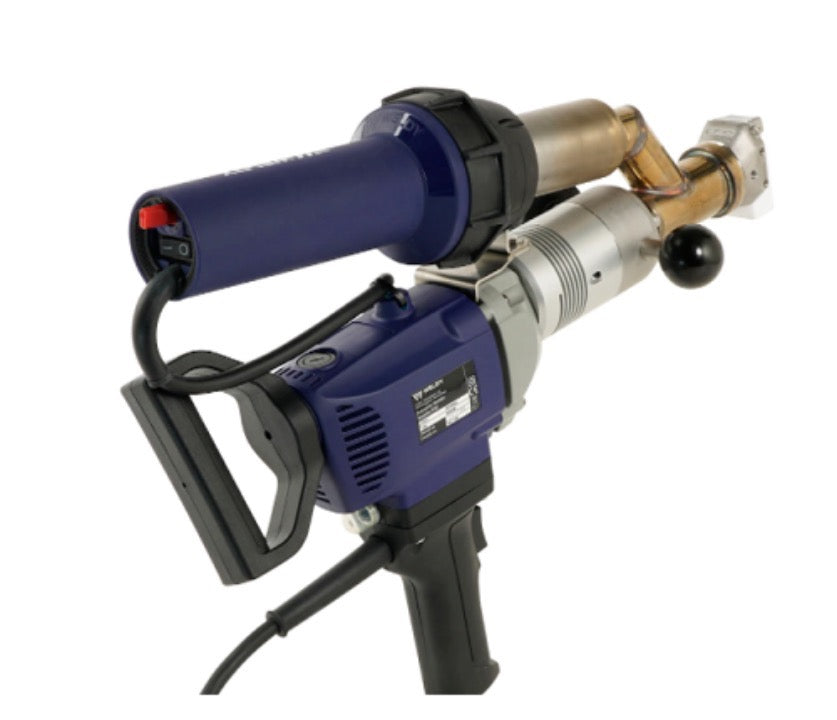
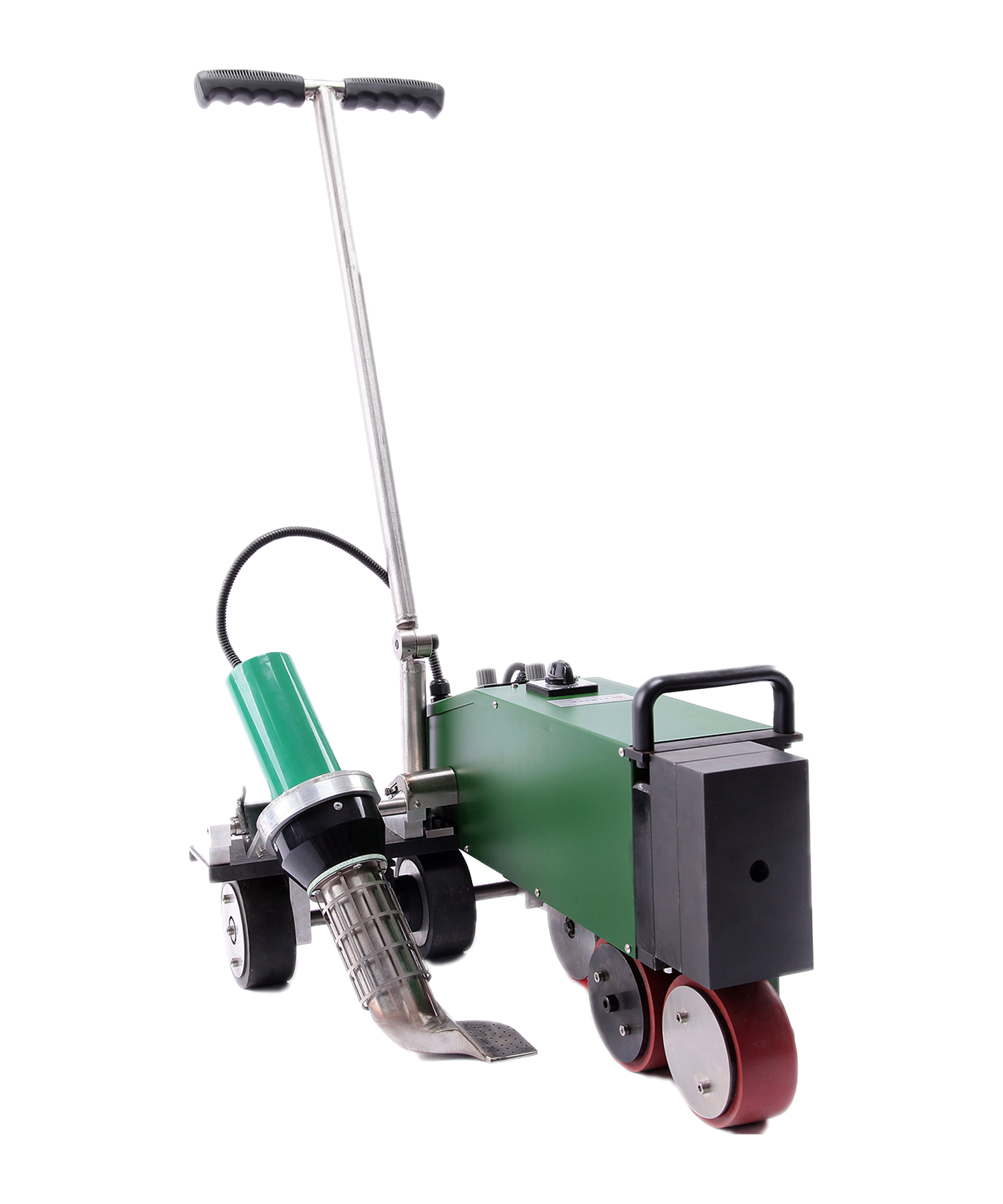
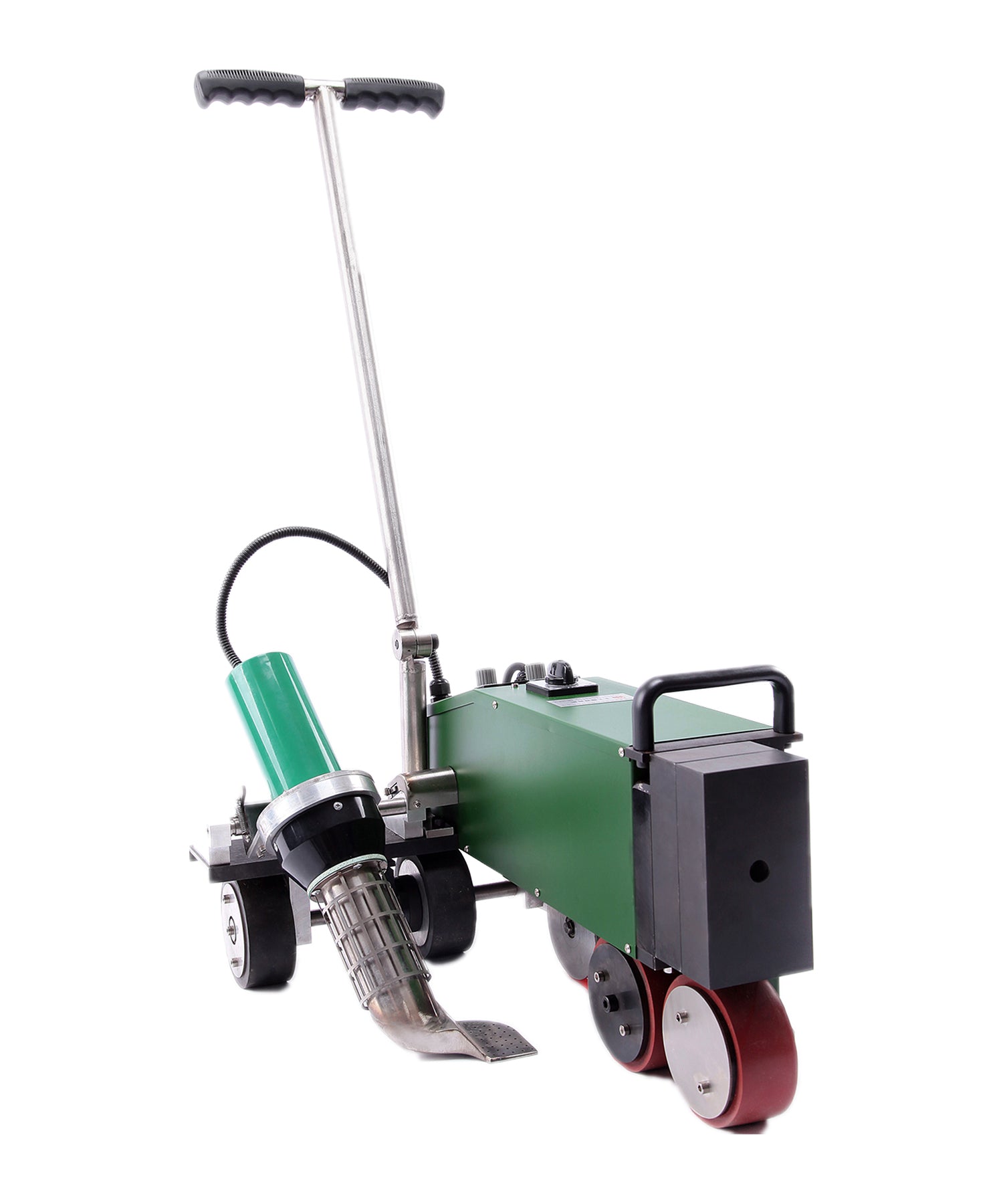
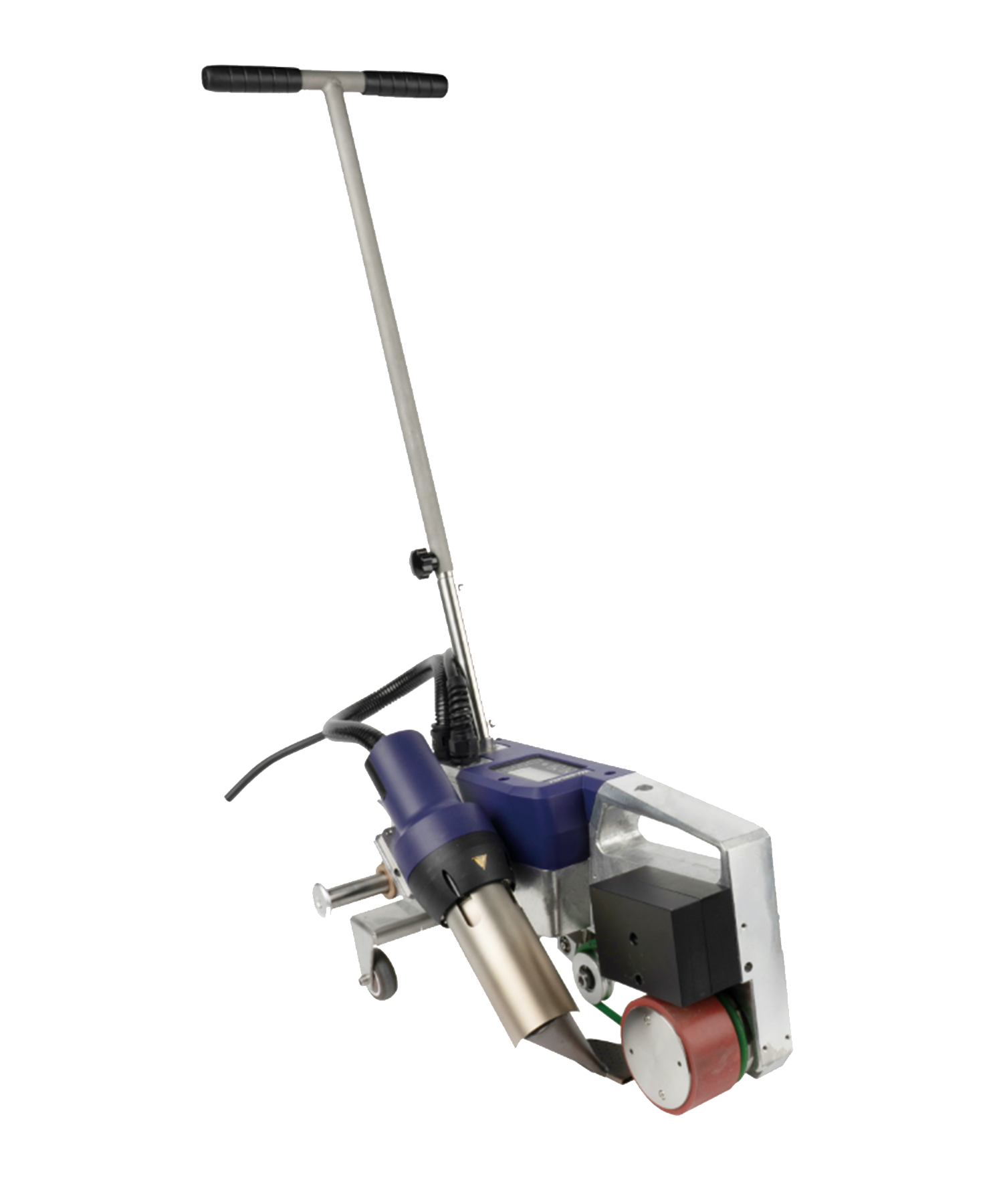
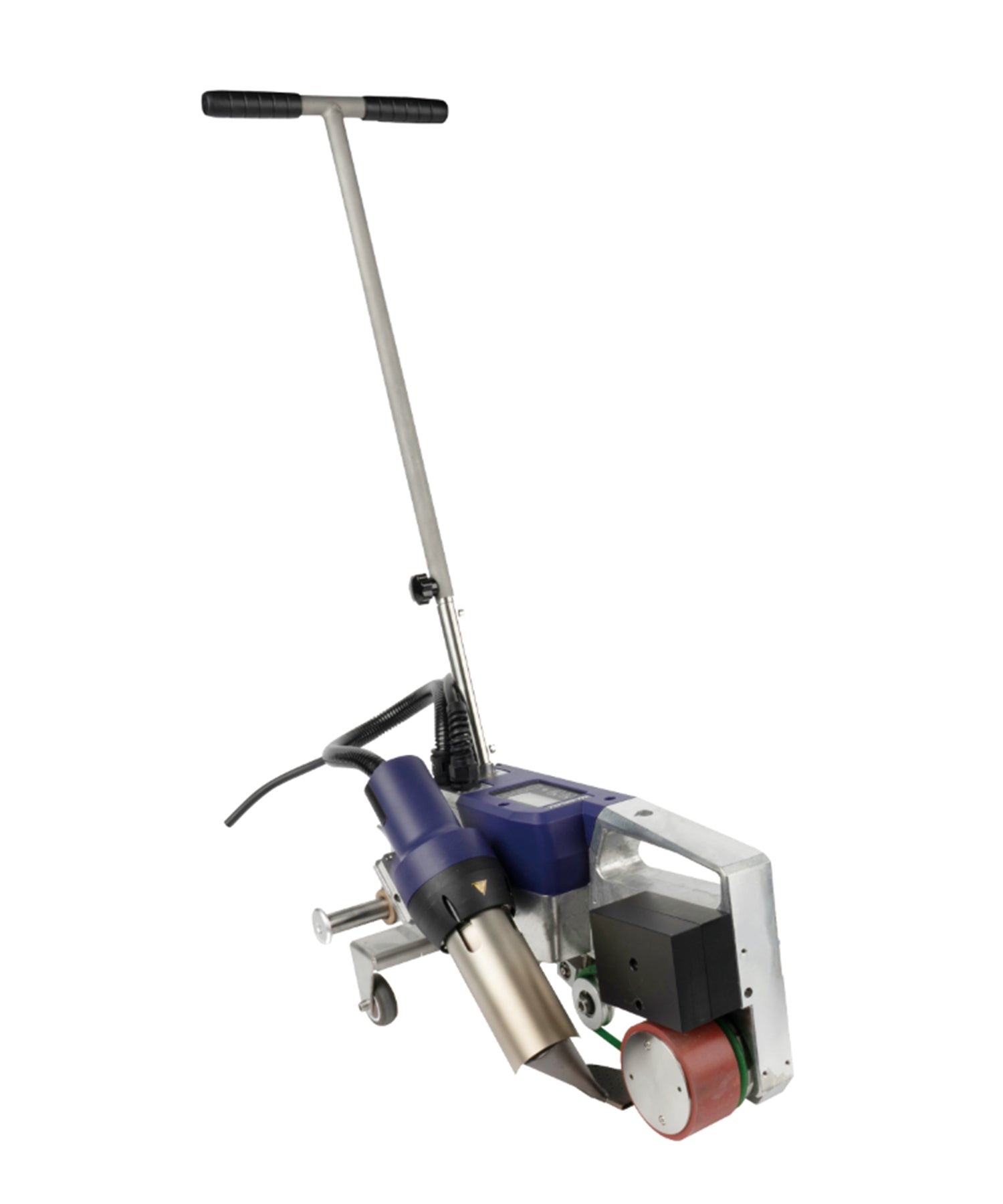
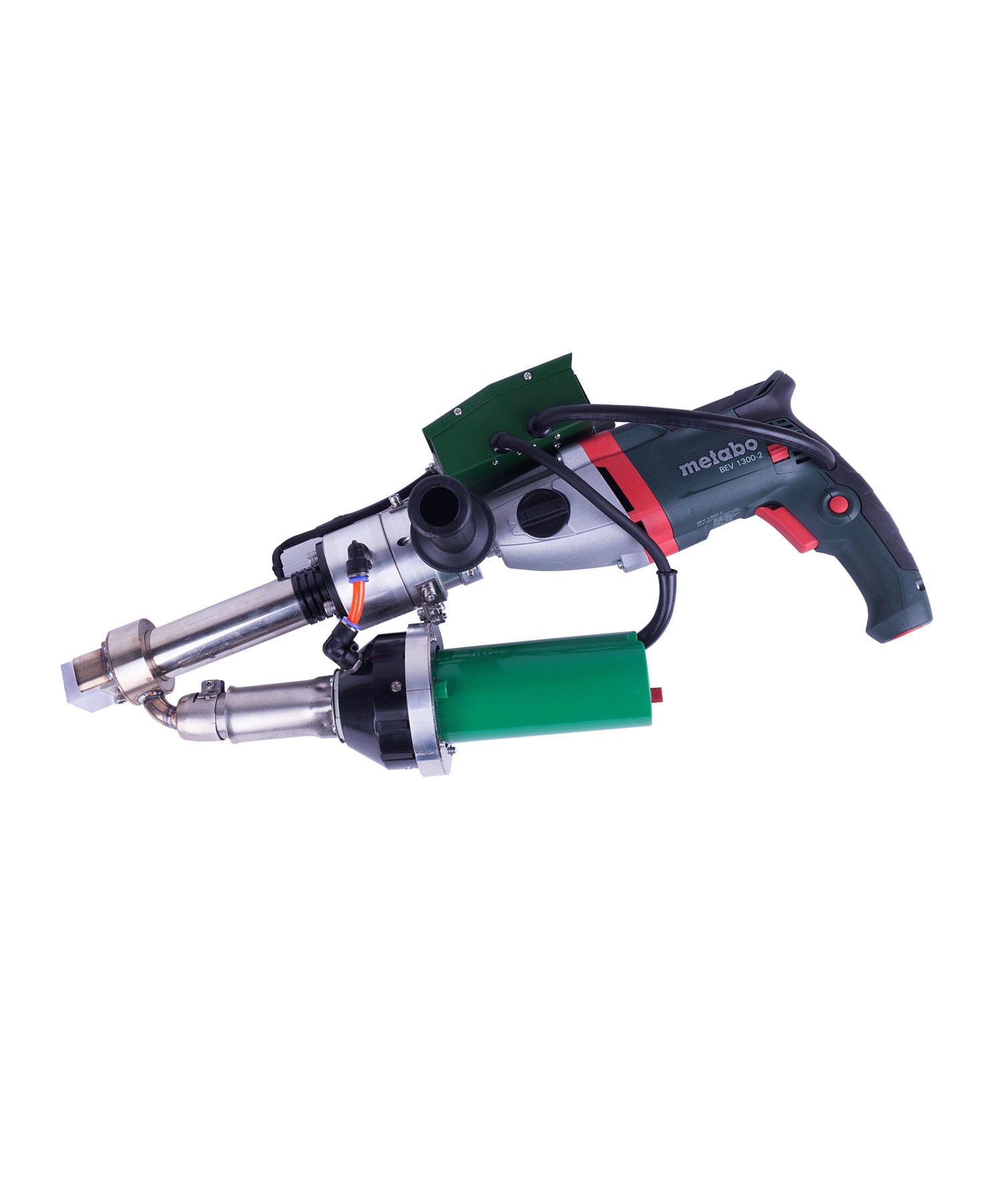
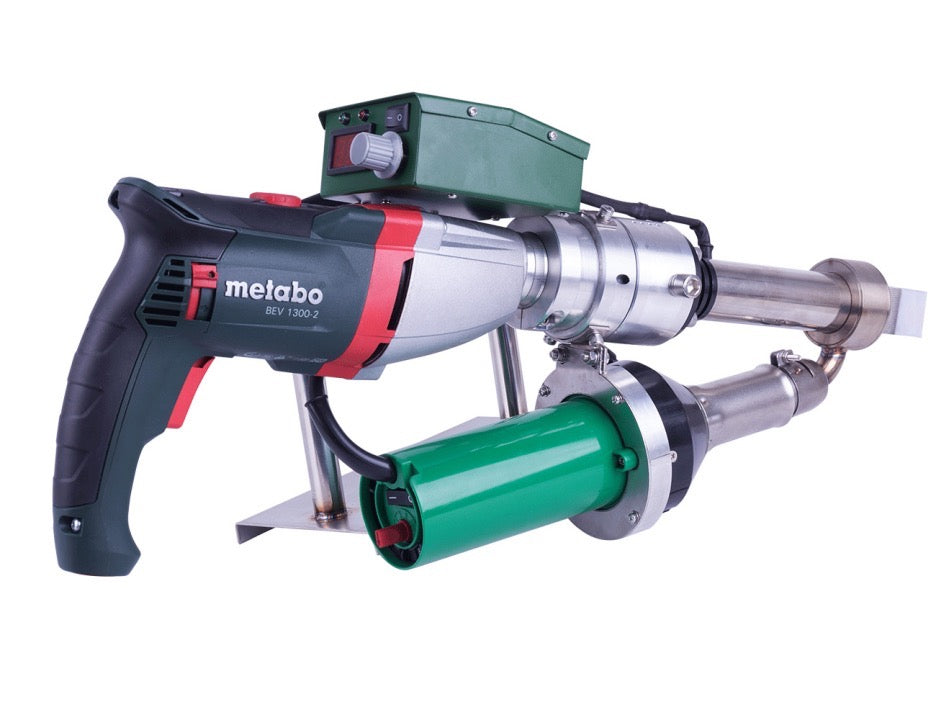
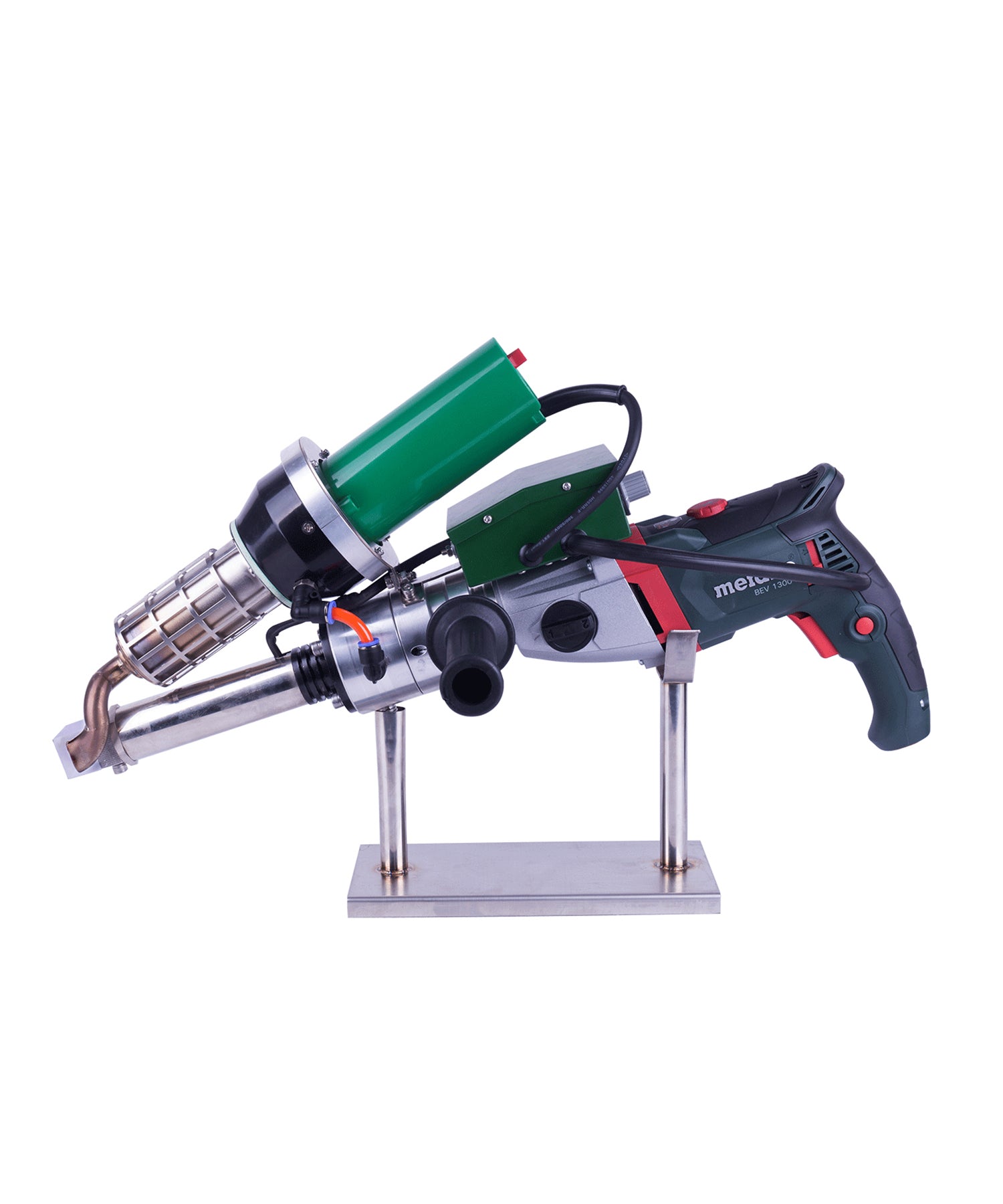
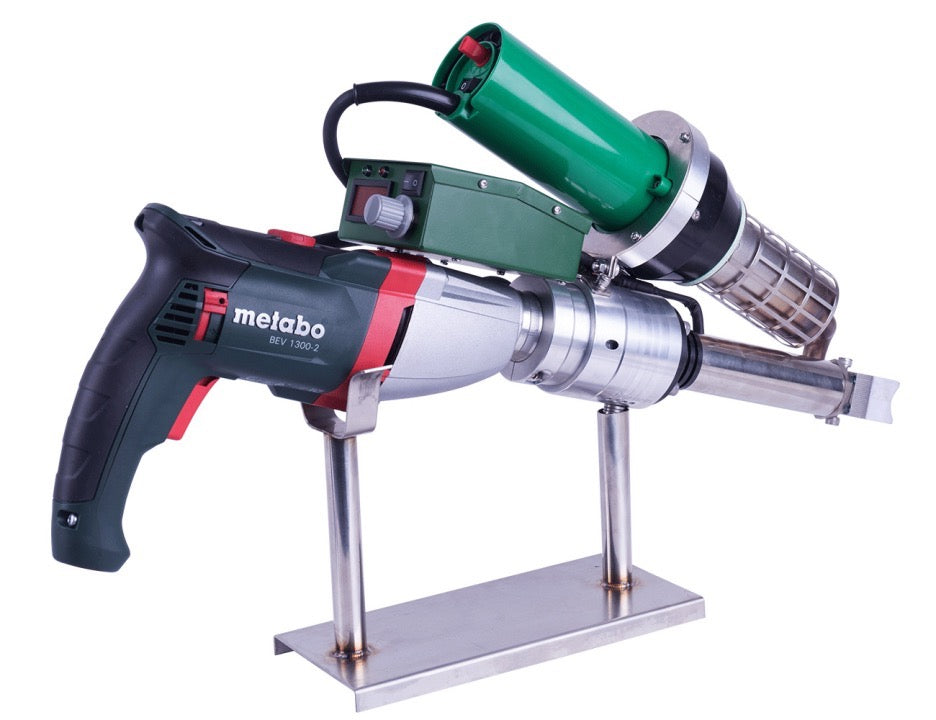
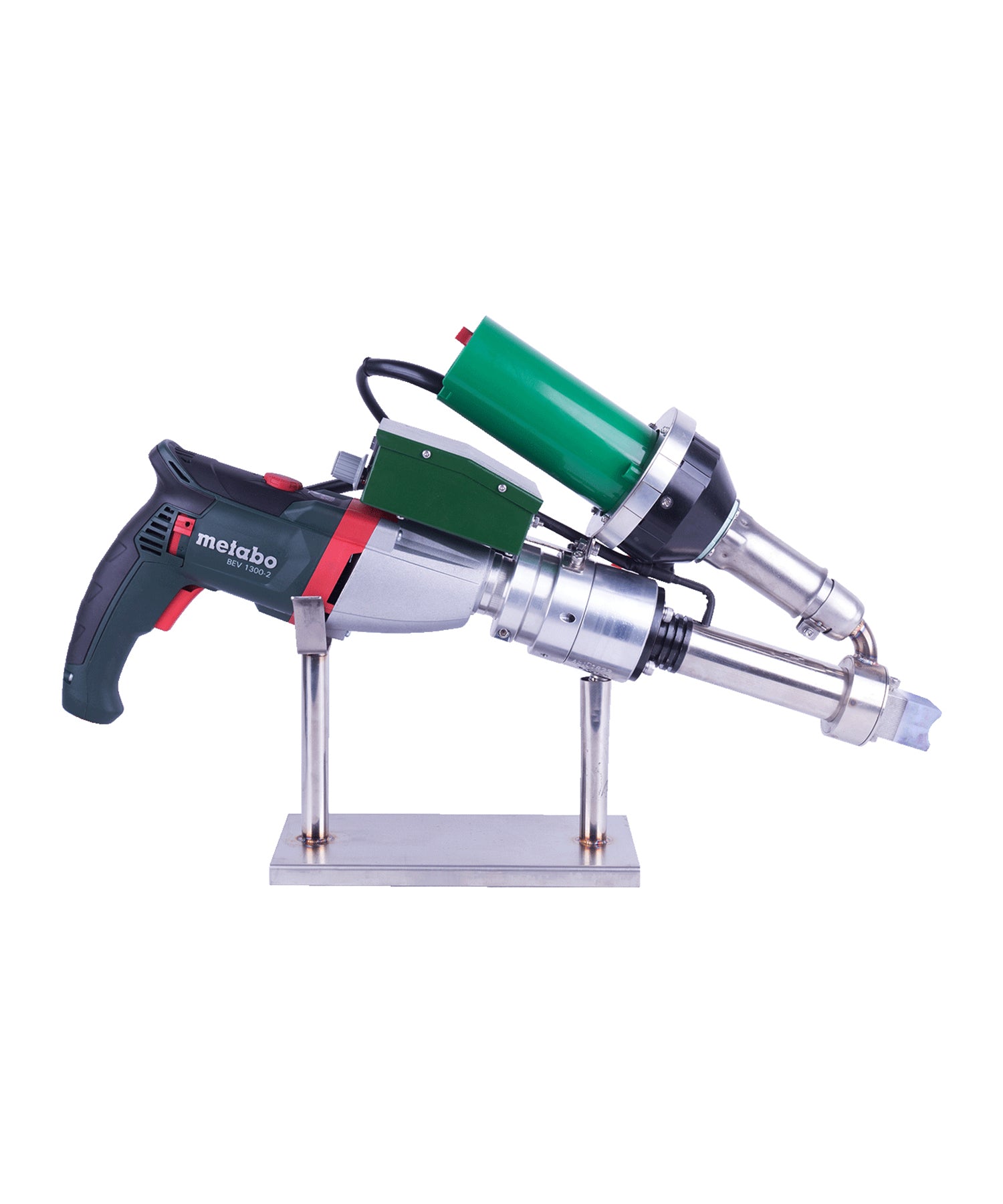
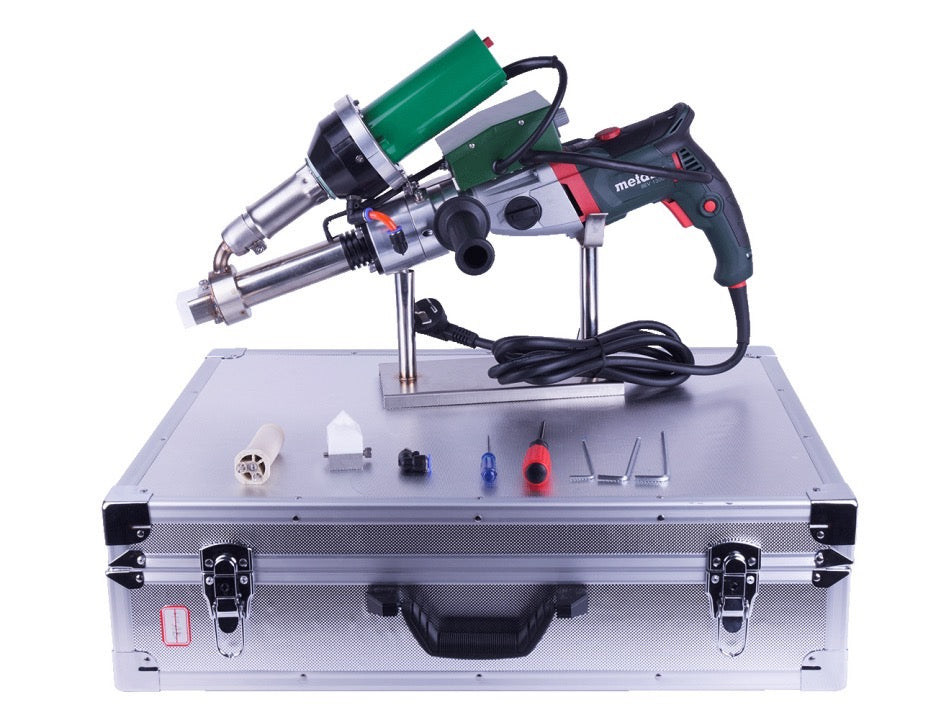



Leave a comment
This site is protected by hCaptcha and the hCaptcha Privacy Policy and Terms of Service apply.